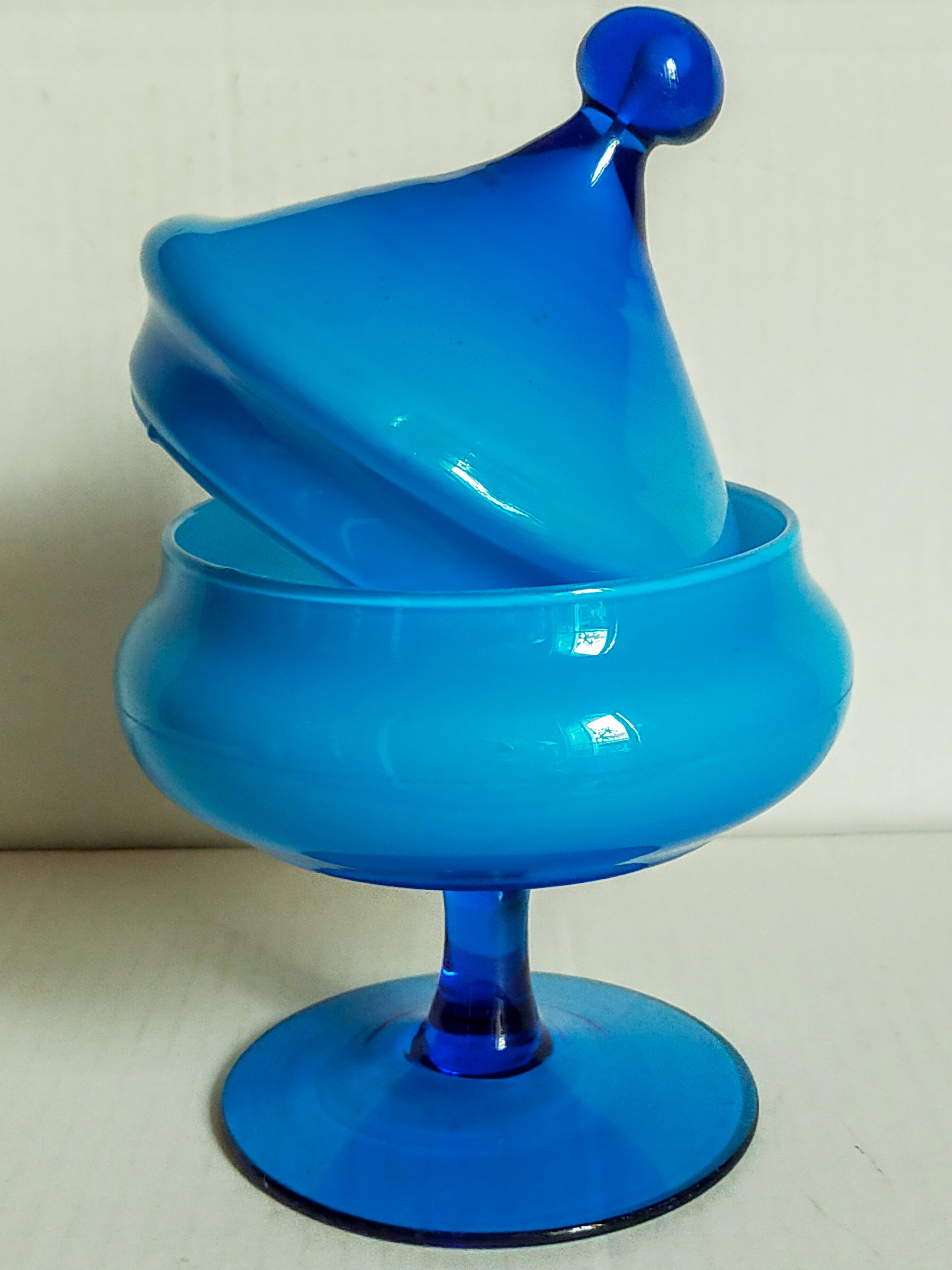
Most of the compounds showed better activity than AAZ against hCA I as well as the γ-CA from E.coli and the β-CA from Burkholderia pseudomallei (BpsCA β ). Moreover, ten compounds out of eleven appeared to be very potent against the γ-CA from E.coli, with a Ki much lower than that of the reference drug.

Furthermore, compound 1f also showed better activity than AAZ against the hCA II isoform. Four compounds ( 1f, 1g, 1h and 1k) were more potent than AAZ against hCA I. Furthermore, computational procedures were used to investigate the binding mode of this class of compounds within the active site of hCA IX. Several of the investigated derivatives showed interesting inhibition activity towards the cytosolic associate isoforms hCA I and hCA II, as well as the 3β- and 3γ-CAs. Their inhibitory activity, assessed against the cytosolic human isoforms hCA I and hCA II, the transmembrane hCA IX and XII, and β- and γ-CAs from three different bacterial strains, was evaluated by a stopped-flow CO 2 hydrase assay. Pyrazolopyridine sulfonamides were synthesized using methods of organic chemistry.

In this scenario, not only human but also bacterial CAs are of particular interest as new antibacterial agents with an alternative mechanism of action for fighting the emerging problem of extensive drug resistance afflicting most countries worldwide.

On the other hand, in microorganisms, the β- and γ- classes are expressed in addition to the α- class, showing substantial structural differences to the human isoforms.
#Blue spheres original firenze series#
A series of chromene-based sulfonamides were synthesized and tested as possible CA inhibitors. Carbonic anhydrases (CAs, EC 4.2.1.1) catalyze the essential reaction of CO 2 hydration in all living organisms, being actively involved in the regulation of a plethora of patho-/physiological conditions.


 0 kommentar(er)
0 kommentar(er)
